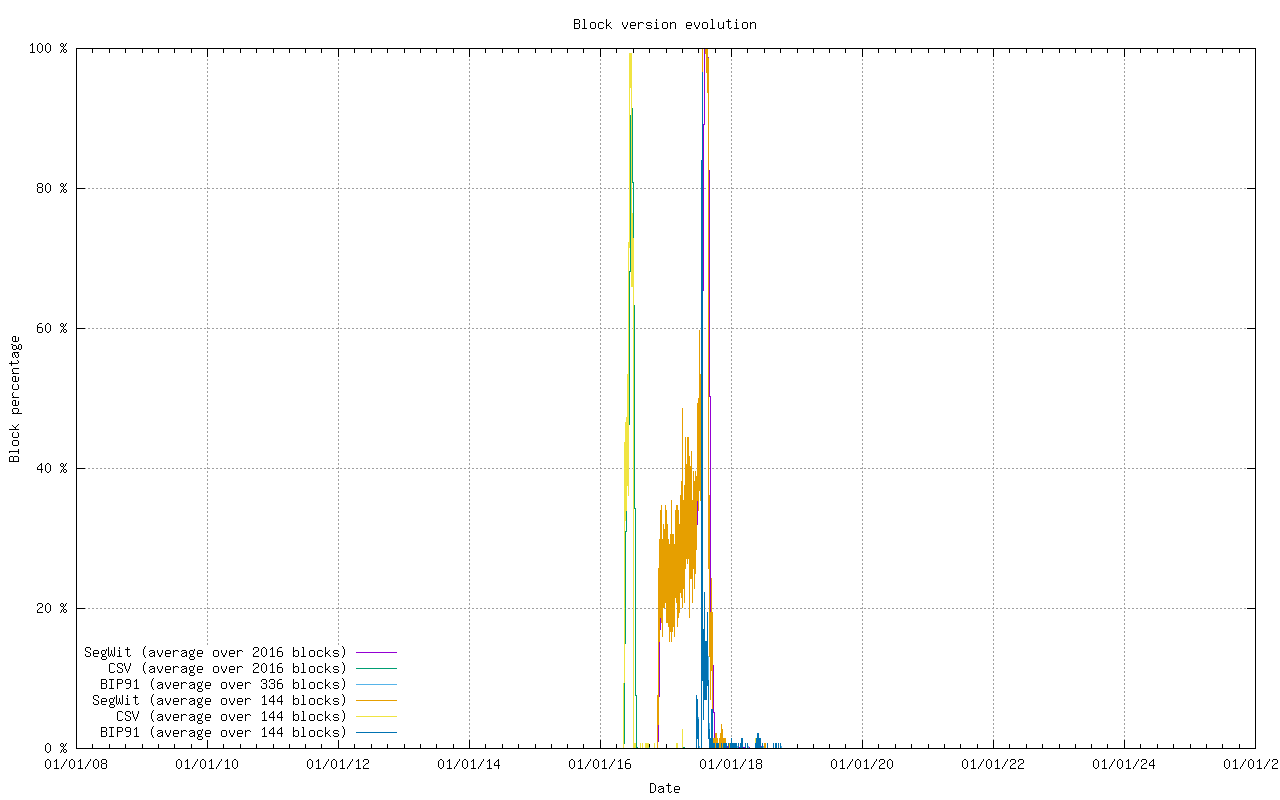@awemany
* LN will create a hub-and-spoke payment network, both because a P2P routing algorithm with acceptable performance does not exist and also because very large amounts of capital need to be locked up in order to make payment channels work.
* The hubs will be banks in function, or in name, or both.
* Payment channels can "fill up", rendering them unable to accept further flows of funds in a particular direction.
* When a payment channel fills up, the only way funds can continue to flow is to open a new channel.
* Opening a new payment channel requires a non-trivial amount of capital and also an on-chain transaction.
* The delay involved in opening new channels means that LN's user experience will have an unpredictable consistency. Sometimes it works perfectly, but sometimes your channel fills up and you can't receive any more funds until you can get a channel transaction into a block.
* Occasionally (every few years) it takes the network 2 hours to find block.
* There is no technical limitation preventing a LN client from working with a channel that's not actually confirmed in the blockchain yet.
* In order to solve the UX problem of unpredictable delays caused by channels filling up, banks will begin to offer enhanced wallets that work with unconfirmed channels.
* Most users will happily accept this performance improvement.
* Once LN clients start accepting unconfirmed channels, then banks will start asking themselves why channels with their customers ever need to confirm at all.
* Some banks will move all their customers to unconfirmed channels, only keeping enough real bitcoins on-chain to settle with other banks
* These banks will begin operating on fractional reserves and attracting customers away from full reserve banks via interest-bearing accounts.
* When all banks are operating on fractional reserves they can swap out bitcoin-based settlement system for any other ledger system.


